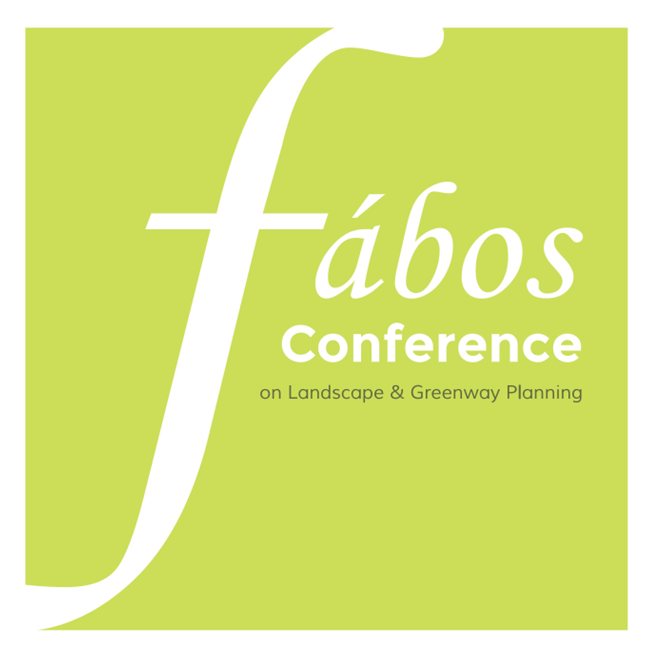'Al-Mouled' as a Cultural Greenway: A new developing tool in the Egyptian context
- Hossam Fathy Ahmed (Cairo University, Faculty of Regional and Urban planning)
- M.S.C. Hoda Salah Ismail (H A & Associates)
Abstract
Egypt’s heritage is of worldwide interest and importance due to its continuity over a period of more than five thousand years. It encompasses various aspects of human civilization and represents a cultural as well as a natural heritage of national and international value. This wealth of archaeological sites, architecture, arts and folklore reflects the many stages of Egypt’s rich past, giving it the rich diversity that we see now. But, unfortunately, this context is deteriorating due to massive development trends, unplanned urban expansion, unclear planning strategies, lack of awareness of importance of landscape planning in conserving this context on both academic and practical levels and finally because it is being dealt with as isolated attributes, thus neglecting its spatial distribution, resulting in an absence of character and identity of place.
Although the Egyptian government, represented by the Egyptian General Organization for Physical Planning and the United Nations Development Programme, is taking positive action in preparing new master plans for cities, these master plans are, unfortunately, falling under the same rules, thereby ignoring the natural and cultural contexts between one city and another, and with limited financial resources available for implementing the plans.
Keywords: greenways, egypt, al-mouled, heritage, culture
How to Cite:
Ahmed, H. F. & Ismail, M. H., (2010) “'Al-Mouled' as a Cultural Greenway: A new developing tool in the Egyptian context”, Fábos Conference on Landscape and Greenway Planning 3(1). doi: https://doi.org/10.7275/fabos.897
Downloads:
Download PDF
376 Views
160 Downloads
